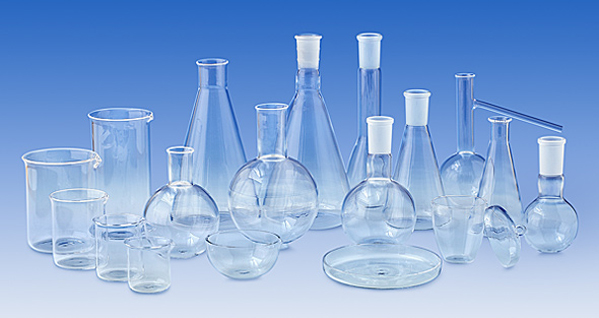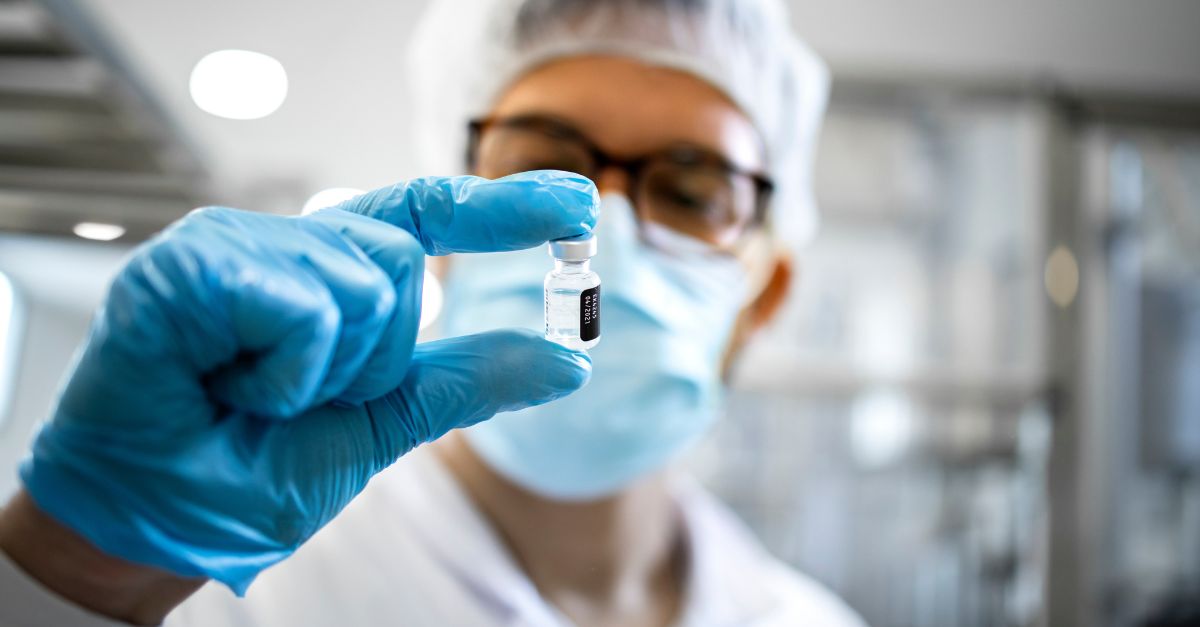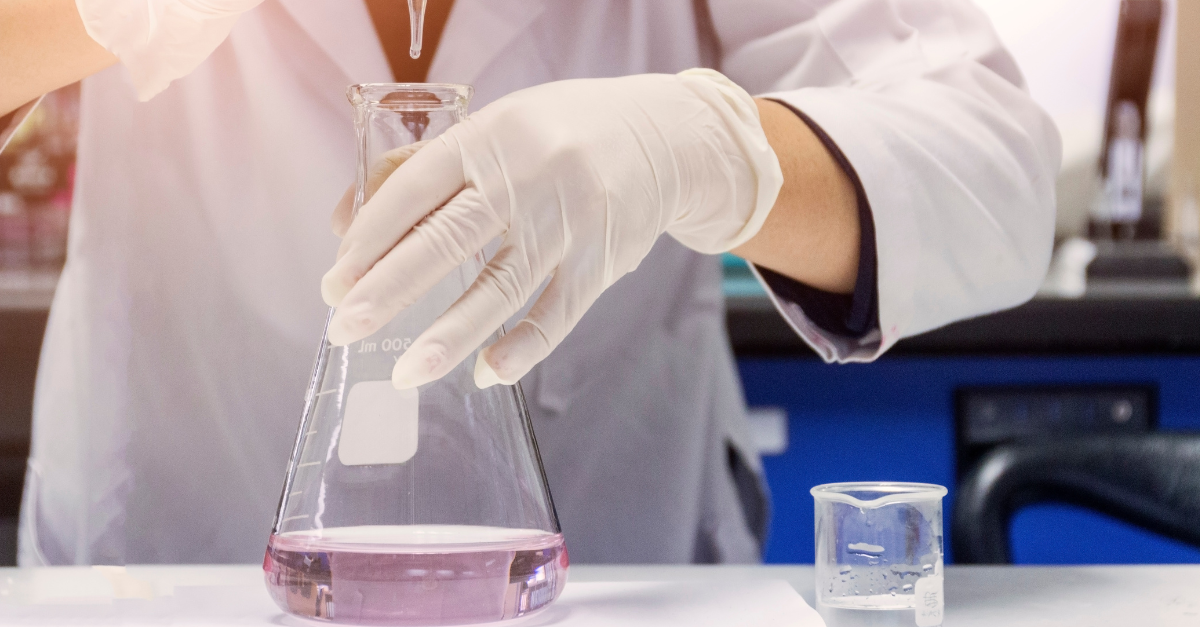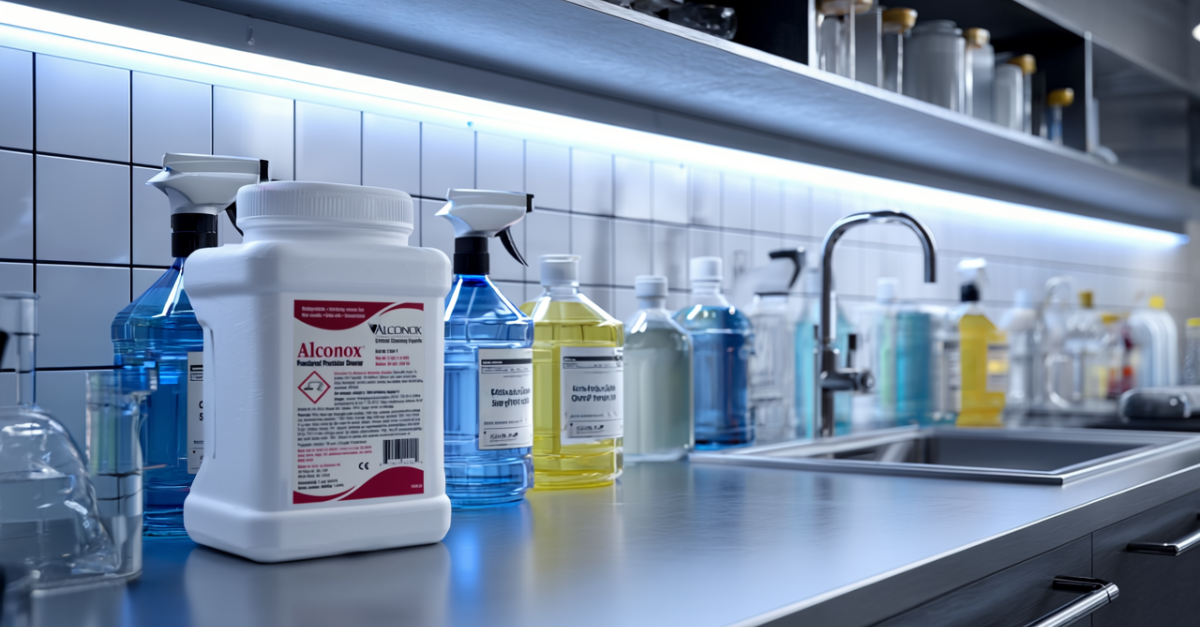
Q. We see white water spots on cleaned and depyrogenated vials. Looks to be scale from the washer. Do you have a recommended cleaning agent for vial washing? I am told that use of detergents is not an industry norm. We also have baked on process fluids (oils) and would like to know if it is an industry norm to use detergents to remove such substances from glass vials used for injectable drugs. Can you provide me any literature on the subject?
A. Use of free-rinsing, interfering residue free aqueous detergents, such as those manufacturing by Alconox, Inc. are very much industry norms. This will cover lab and process equipment across biotech, medical device, pharma, cosmetics and scores of other industries as well.
White spots on automated washer cleaned vials is likely some variation of water spots. If any glassware or equipment is loaded in to a washer that has a geometry that tends to hold water, that will be a candidate source. For example, an upturned cup shape such as the bottom of a graduated cylinder will hold a dose of dirty wash water which then gets spread on the other glassware by the rinse cycle.
It is very important to pay attention to how glassware and equipment is loaded in to a washer so as to minimize trapping any water from cycle to cycle – often by appropriately tilting vials, glassware and equipment, it can be oriented to drain completely and not trap dirty wash solution. You can refer to our BATHOCARD acronym for further specifics (O is for Orientation).
The above is with the assumption that deionized (DI) water for rinsing is being used in your automated washer. If you are using tap water for rinsing (or washing in some cases), then the white residues can be simply evaporated tap water that deposits calcium, magnesium and iron residues (water hardness). The scale/water spots from washing (as opposed to rinsing) are typically the result of calcium, magnesium and iron hydroxide/oxide deposits that form from the alkalinity in the detergent in the wash cycle. Note that if DI water is used in the wash cycle there is less likelihood of scale formation.
If there is scale formation, water spots, white spots, etc. the use of an acid rinse cycle using Citrajet® Low-Foam Liquid Acid Cleaner/Rinse detergent will eliminate the scale buildup. Many automated lab washers have the capability of an acid rinse cycle. If the automated washer does not have an acid rinse system, then a periodic maintenance cycle done in an empty washer by adding Citrajet detergent to the bottom of the washer will help control scale formation in a washer.
See our Labware Washer Guide for more information on this topic.
Regarding your question on removal of oils. It is also an industry norm to take advantage of the emulsifying power of detergents to remove oils. We have several detergents designed for low-foaming use in a washer. These typically include Alcojet® Low Foaming Powdered Detergent or Solujet® Low-Foaming Phosphate-Free Liquid, for powdered and liquid concentrate solutions respectively.
See our Pharmaceutical Applications White Paper with more details on the types of detergents used to remove organic oily residues.
To request these or any Alconox, Inc. product for free, please complete the questionnaire at Get Sample. For more information about any one of our Alconox, Inc. detergents, consult the technical bulletin for each product. Or click here to access each of our detergent’s Safety Data Sheets.
Do you have a critical cleaning question for the experts at Alconox, Inc.? Search TechNotes to see if it’s been answered before or Ask Alconox.



